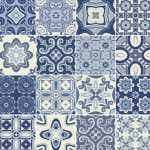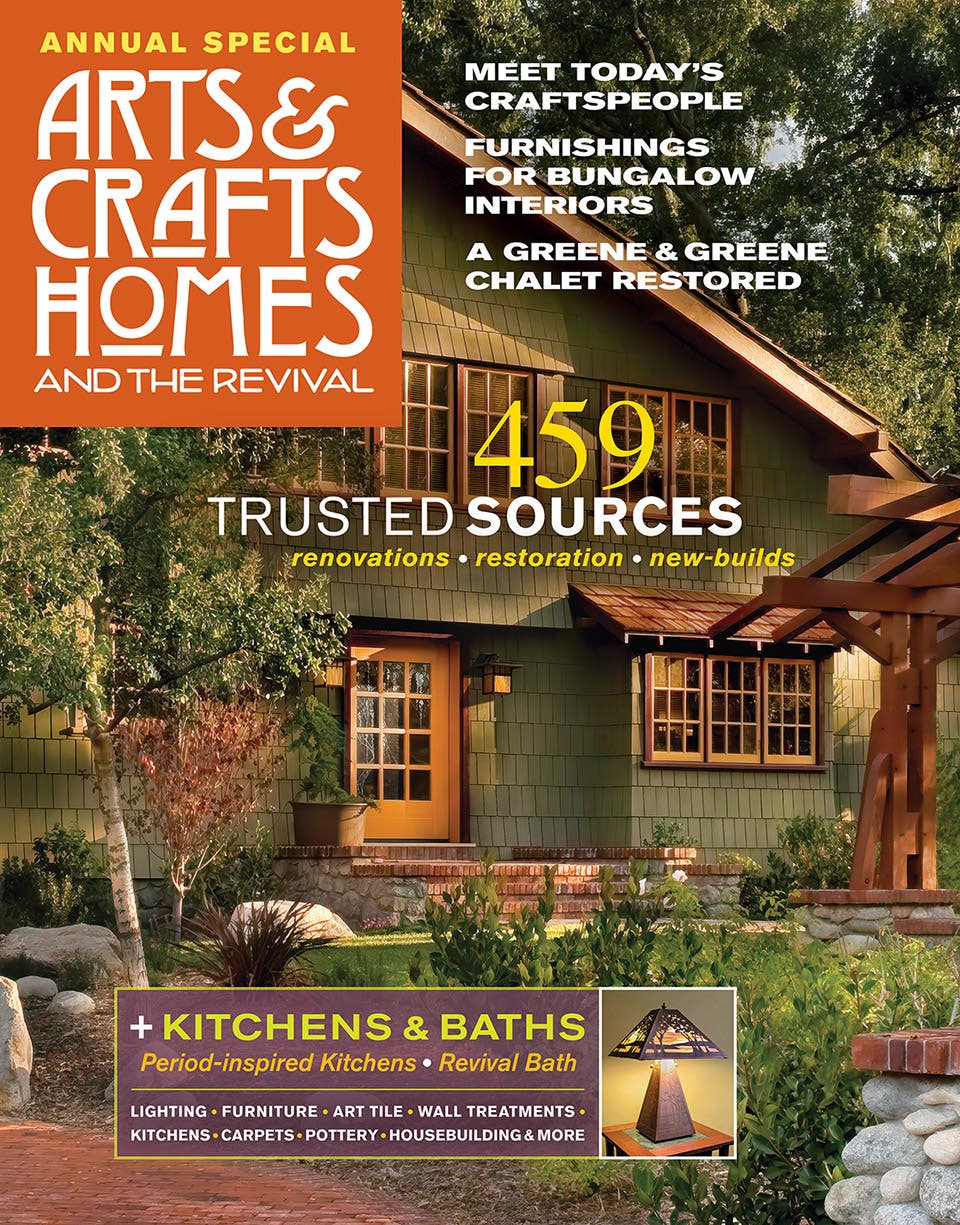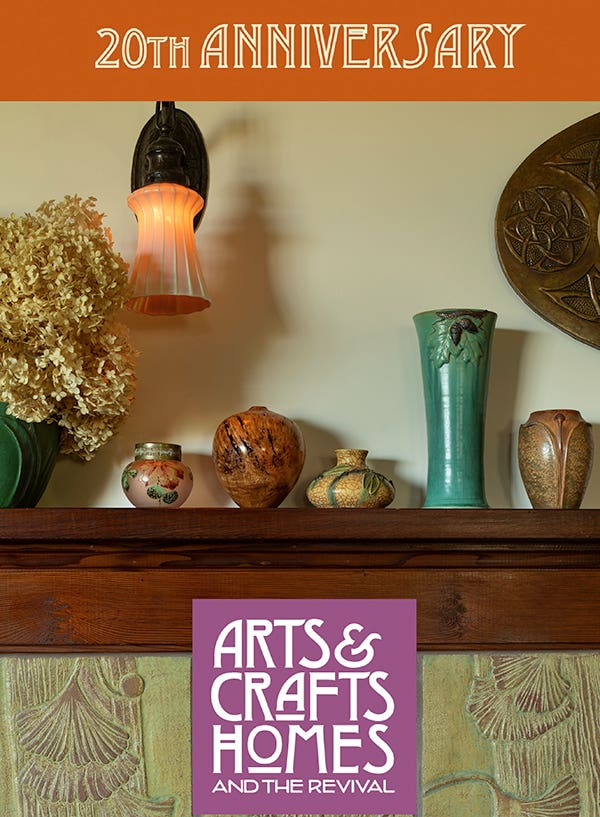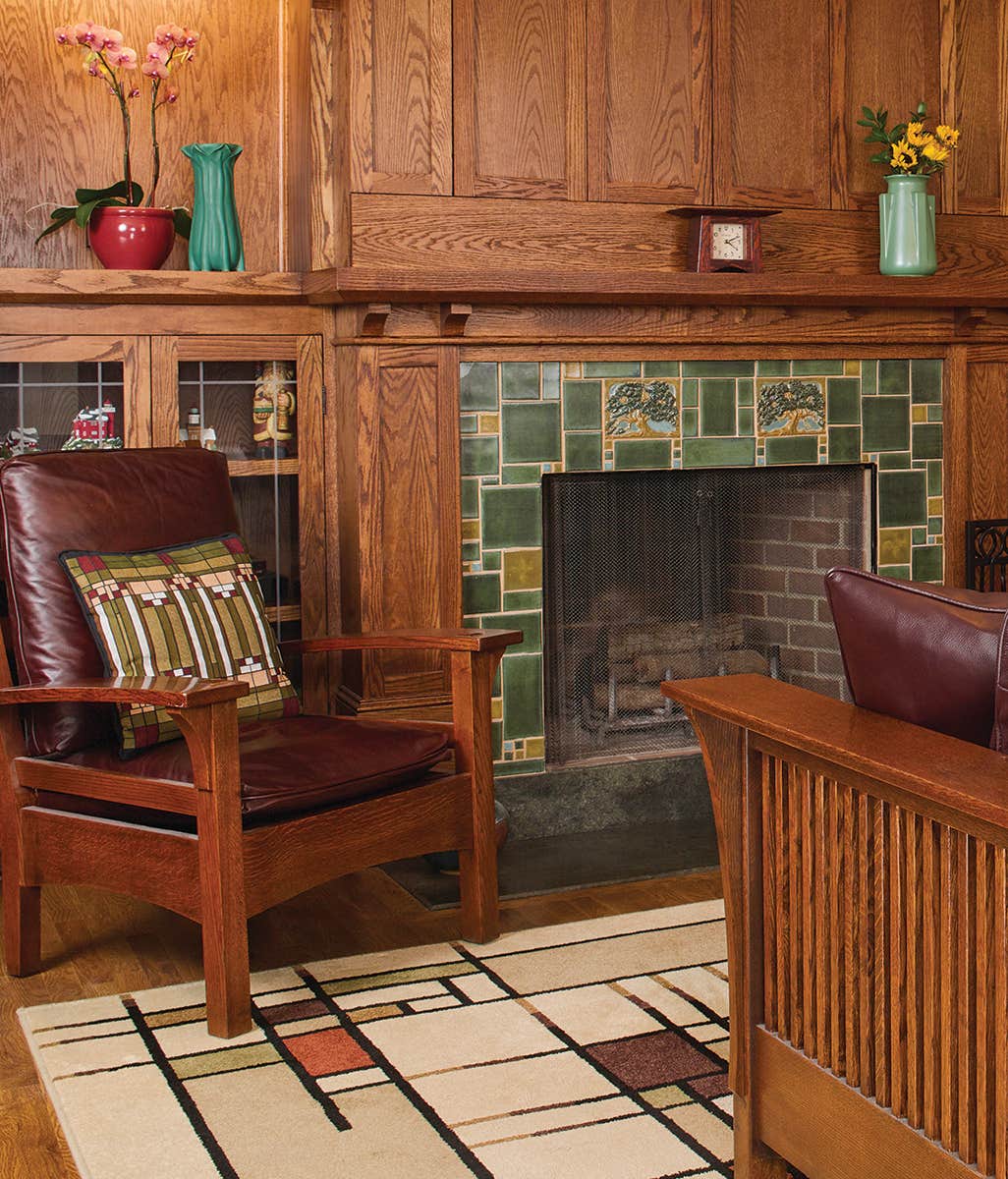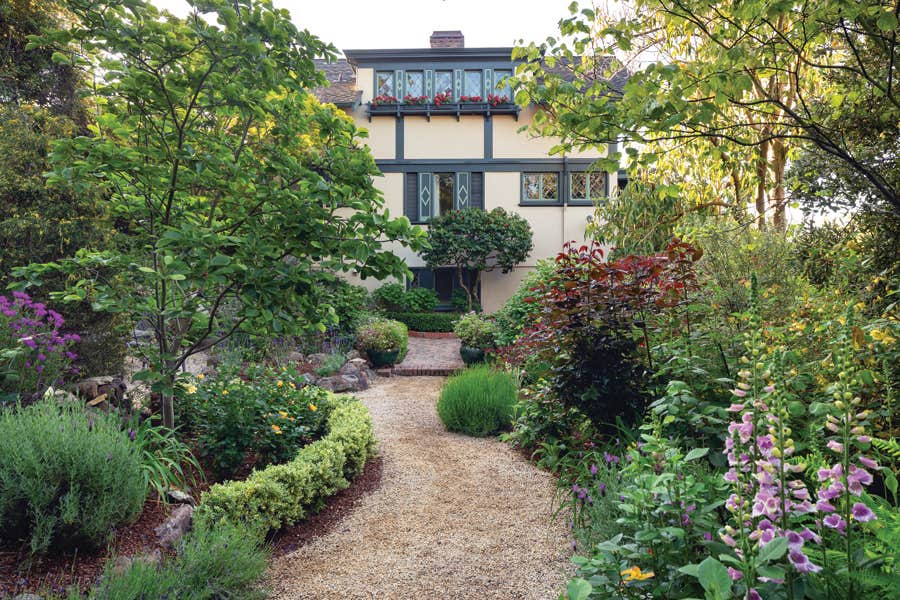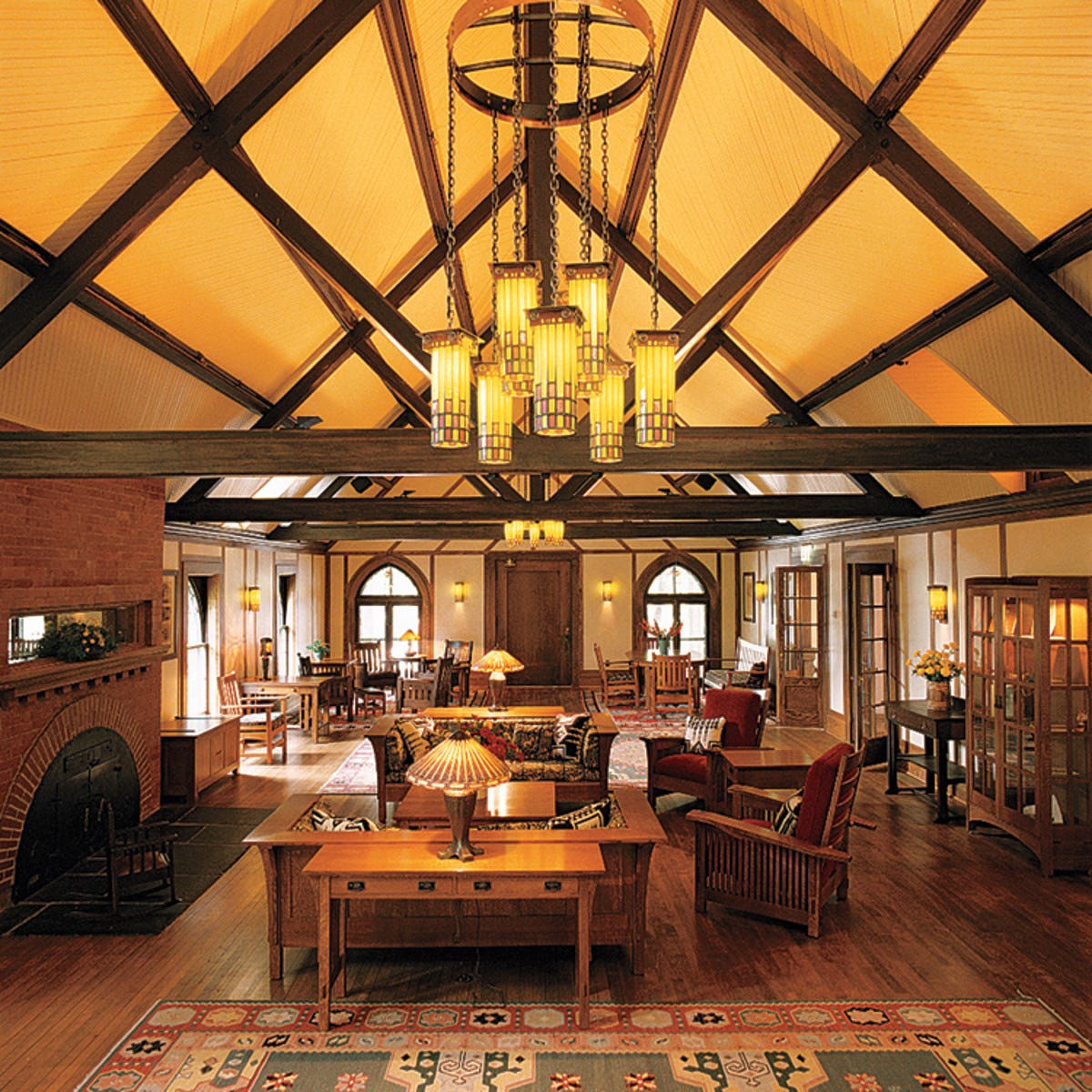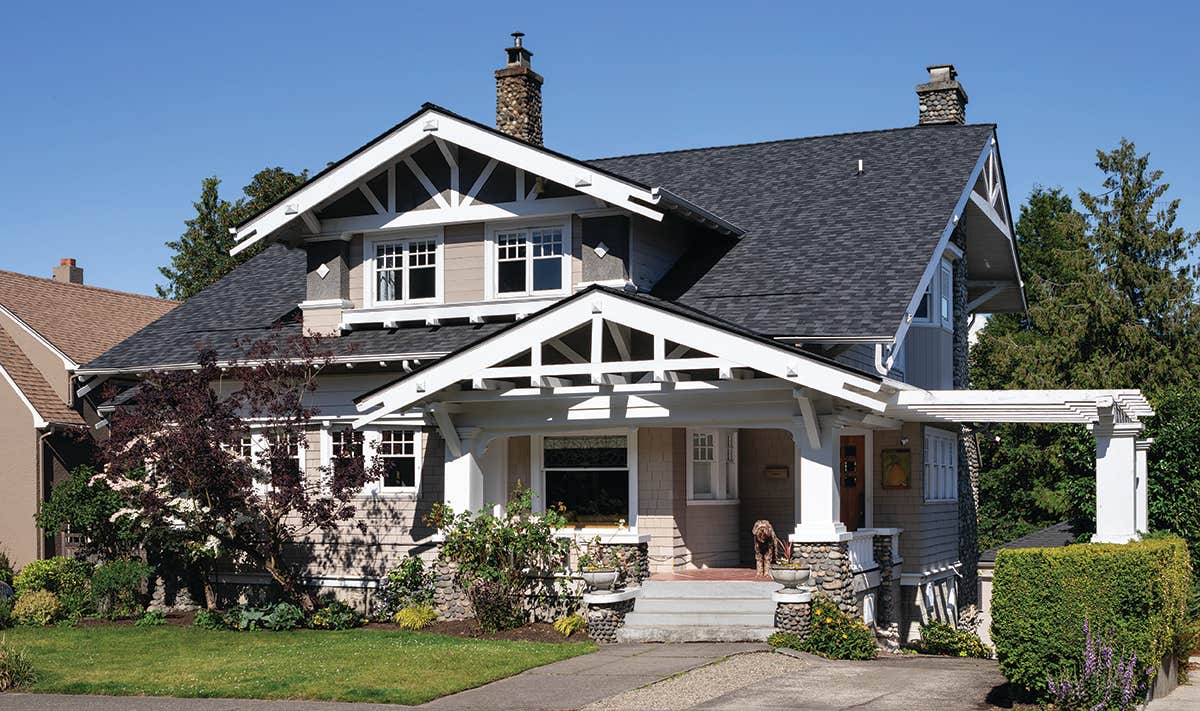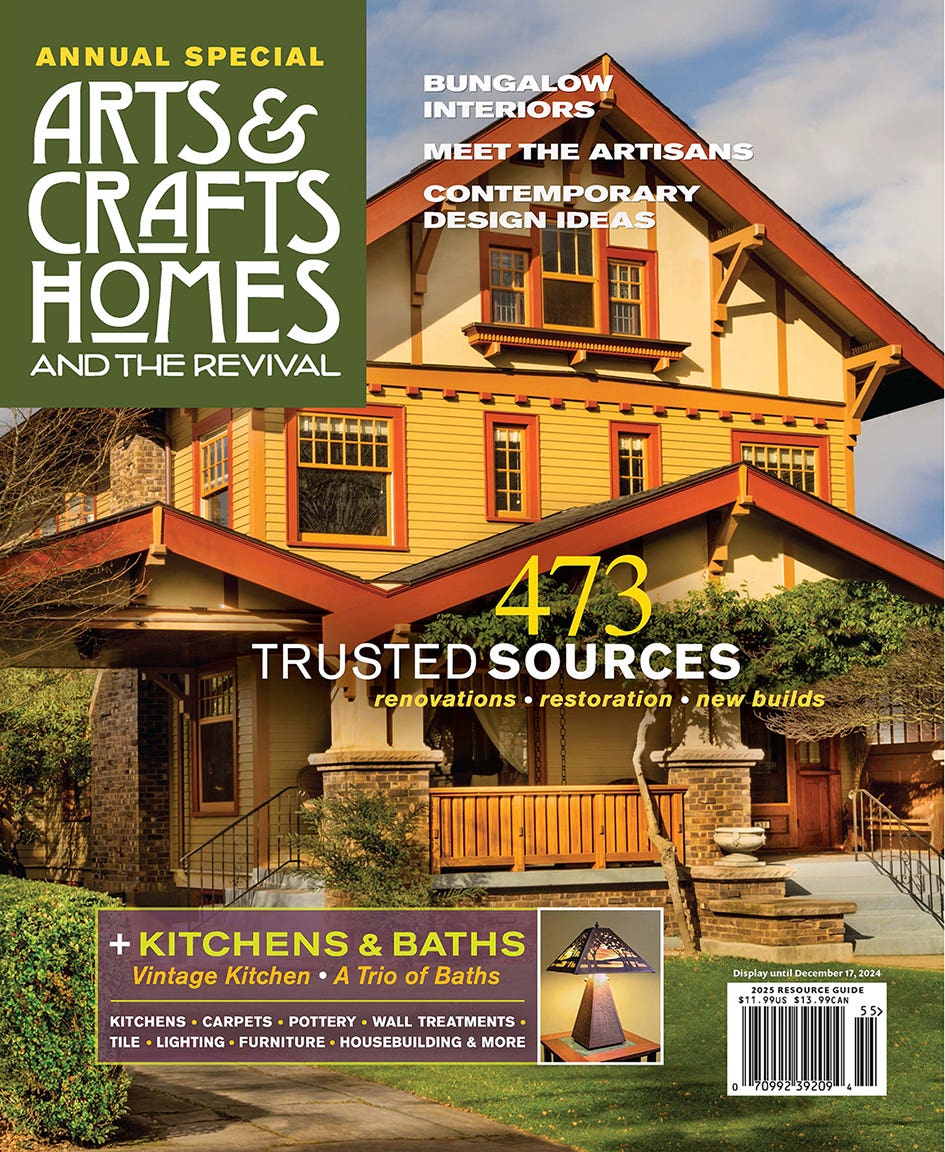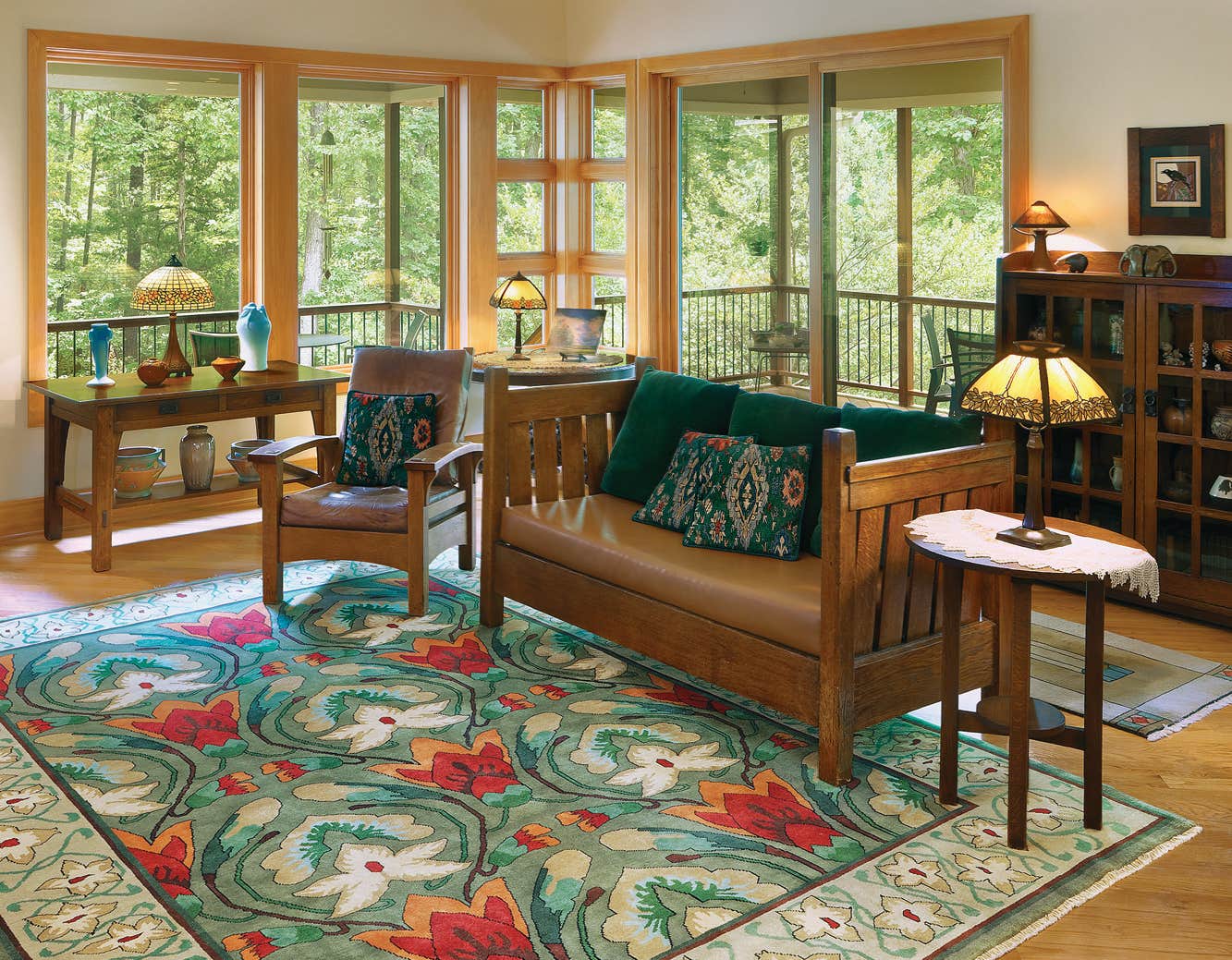Mission Revival Style
The Mission Revival architectural style was one result of a preservation movement that began in the 1880s.
Early Spanish colonial architecture in California and the Southwest consisted of fortified churches, not houses. Spanish Baroque designs, filtered through Mexico, were built in adobe with Pueblo influence. So the Mission Revival of the early 20th century was a peculiar, phase-one rendition of the Spanish Colonial Revival: designers and builders adapted recognizable motifs from church buildings, most notably the mission dormer or roof parapet (think of the Alamo). Baroque ornament, an arcade, and the occasional mission-church bell tower made their appearances. Elmo Baca wrote that it might be useful to define Mission as the Western Craftsman style.
The Mission Revival was one result of a preservation movement that began in the 1880s, and was popularized by the Southern Pacific Railroad’s decision to build Mission-style depots all over the Southwest. Mission houses are most common in California and the Southwest. (Occasionally you’ll see a ca. 1915–1920 Foursquare, perhaps in a far-flung state, with a tile roof and a curvaceous roofline over the dormer.) The geometric style lost momentum by 1920. (By contrast, the Spanish Colonial Revival that spread to Texas and Florida was in full swing through the 1930s.)
The Mission Revival coincided with the American Arts and Crafts movement. Gustav Stickley wrote extensively about the preservation of the California missions, introducing the architecture to a national audience in his magazine The Craftsman. The movement embraced indigenous construction as well as Native American pottery and textiles.
A related style, the Pueblo Revival, had a limited run early in the 20th century. Confined to the Southwest, it featured flat-roofed or parapeted adobe or stuccoed buildings with sugar-cube massing.
The HALLMARKS
PARAPETS fancifully interpret the coped rooflines of mission churches.
SMOOTH STUCCO mimics plastered adobe construction.
RED TILE ROOFS are ubiquitous in the revival, though tile was rarely used on actual early churches.
SPANISH BAROQUE ornament, particularly rose windows, Moorish arches, and carvings, highlight facades.
BELL TOWERS are sometimes included, or alluded to in the shape of the building.
COURTYARDS, along with lush plantings and pergolas, are common in the California Mission style—where an Asian influence is felt in the revival.
Patricia Poore is Editor-in-chief of Old House Journal and Arts & Crafts Homes, as well as editorial director at Active Interest Media’s Home Group, overseeing New Old House, Traditional Building, and special-interest publications.
Poore joined Old House Journal when it was a Brooklyn-brownstoner newsletter in the late 1970s. She became owner and publisher and, except for the years 2002–2013, has been its editor. Poore founded the magazines Old-House Interiors (1995–2013) and Early Homes (2004–2017); their content is now available online and folded into Old-House Journal’s wider coverage. Poore also created GARBAGE magazine (1989–1994), the first unaffiliated environmental consumer magazine.
Poore has participated, hands-on, in several restorations, including her own homes: a 1911 brownstone in Park Slope, Brooklyn, and a 1904 Tudor–Shingle Style house in Gloucester, Massachusetts, where she brought up her boys and their wonderful dogs.
